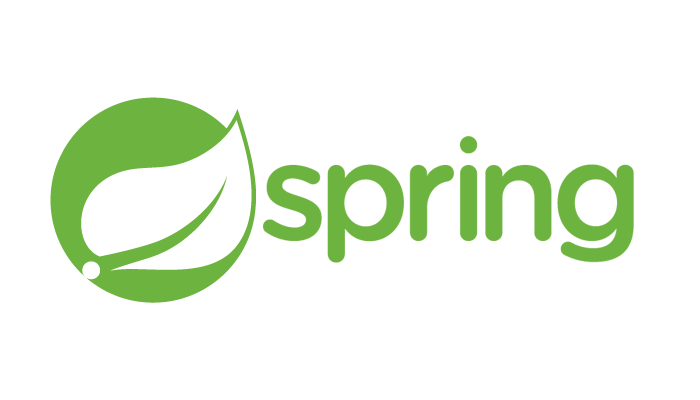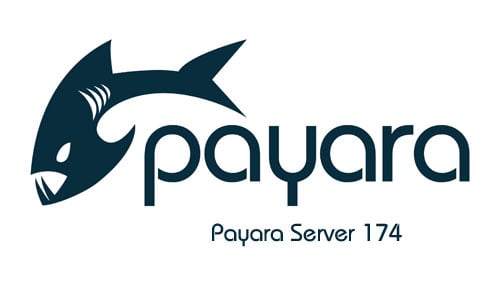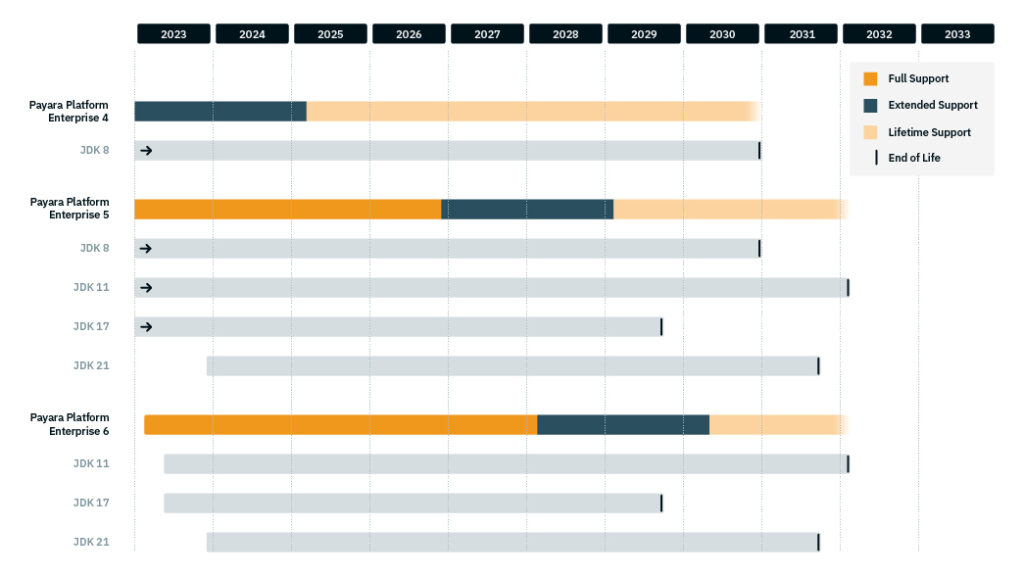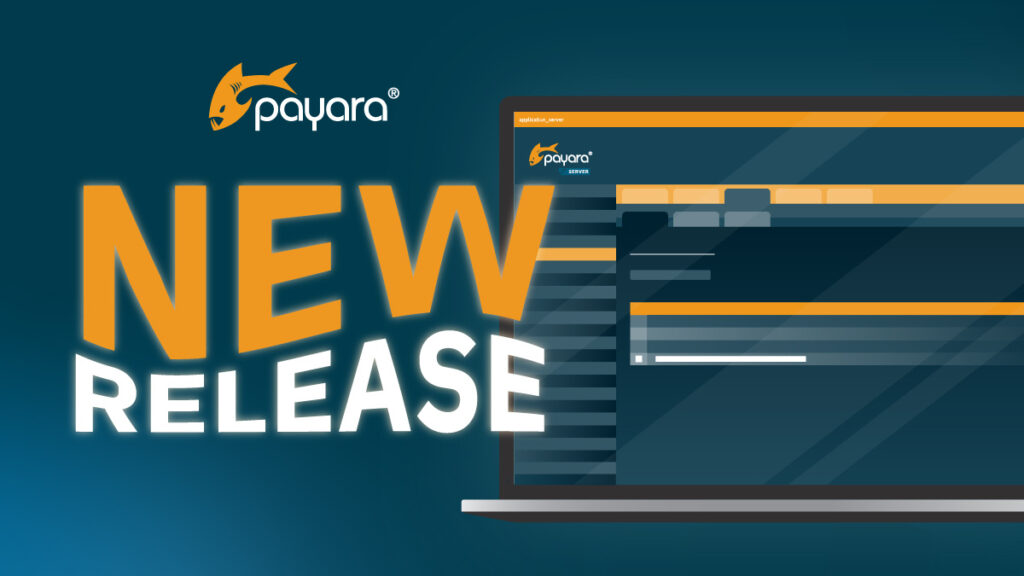 2 minutes
2 minutes
Spring Framework 7.0 and Spring Data 2025.1.0 Embrace Jakarta EE 11 Compatibility
The recent releases of Spring Framework 7.0 and Spring Data 2025.1.0 mark an important milestone for the Java ecosystem, […]

The most eye-catching new feature in 174 is support for the new Security API, Soteria. We have now added it as an additional API to Payara Server 4. The Security API simplifies the addition of security to an application by adding support for Authentication Mechanisms and Identity Stores amongst other things.
The API adds new annotations such as @BasicAuthenticationMechanismDefinition
and @DatabaseIdentityStoreDefinition, which greatly improves the authentication process. Users can now take advantage of these features and others included in the Security API.
JMX Monitoring has been integrated with the notification service in both Payara Server and Payara Micro. This is a powerful monitoring addition, which allows you to remotely monitor MBeans containing data from the current server to open database connections and send the resulting notifications via email, XMPP, or one of the many other notifiers. For a full list of all the MBeans available in Payara Server and Micro, see the documentation.
The implementation of MicroProfile Config has been upgraded to version 1.1, as part of our continuing support for MicroProfile. This adds support for primitive and URL types, to make it easier for developers using MicroServices to use the Config API out of the box. With Payara Micro, this now means that your microservices are now more portable than ever before. To find out more about what you can do with MicroProfile Config, see the MicroProfile 1.1 release notes.
Environment variables substitution now also work in pre and post boot command files. This is great for running Payara Server in Docker, meaning that you can pass variables directly in the dockerfile rather than as a separate script.
{{cta(‘916ae074-a75f-4aec-87d6-25cf09005c9a’)}}
Payara Micro now features ANSI coloured output in the the terminal to clearly show the level of everything that is being logged, meaning that WARNING and SEVERE notifications can no longer speed by:

Finally, with 106 Payara and GlassFish bugs squashed, the 174 release contains the most bug fixes of any Payara Server release to date! If you find any more bugs, please raise an issue on GitHub so we can beat this record again in 181.
And finally, some component upgrades featured in this release:
libpam4j to v1.8
Apache Commons IO to 2.5
Open MQ to 5.1.1.final
Weld to 2.4.5
Pfl to 4.0.1
Hazelcast to 3.8.5
{{cta(‘f53ec10a-12d5-483b-b089-2d4cdab10448’)}}
Read this post in Spanish | Read this post in Japanese
 2 minutes
2 minutes
The recent releases of Spring Framework 7.0 and Spring Data 2025.1.0 mark an important milestone for the Java ecosystem, […]
 4 minutes
4 minutes
Keeping an application server running smoothly isn’t so much about new features, but more about predictability and consistency. Software […]
 5 minutes
5 minutes
The November 2025 release brings significant milestones across the Payara Platform family. This month includes Payara Platform Community 6.2025.11, […]
docs.payara.fish still says 173 is the latest release.
Thank you for letting us know, the documentation is now already updated for version 174
Is this version aligned with Java EE 8 or is it just payara-micro 5?
Thank you.
Hi Daniel,
As Payara Server 174 is still derived from GlassFish 4, you can run your Java EE 7 apps on it but not Java EE 8.
Full versions of Payara Server and Payara Micro 5 are coming out early next year, they won’t have Java EE 8 certification but will be derived from GlassFish 5 (Java EE 8 RI) and you’ll be able to run your Java EE 8 apps on it.
Hope this helps!